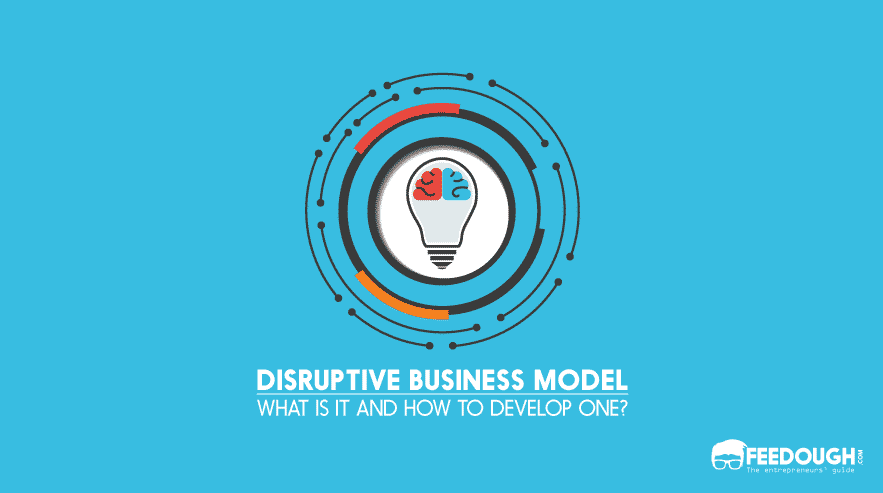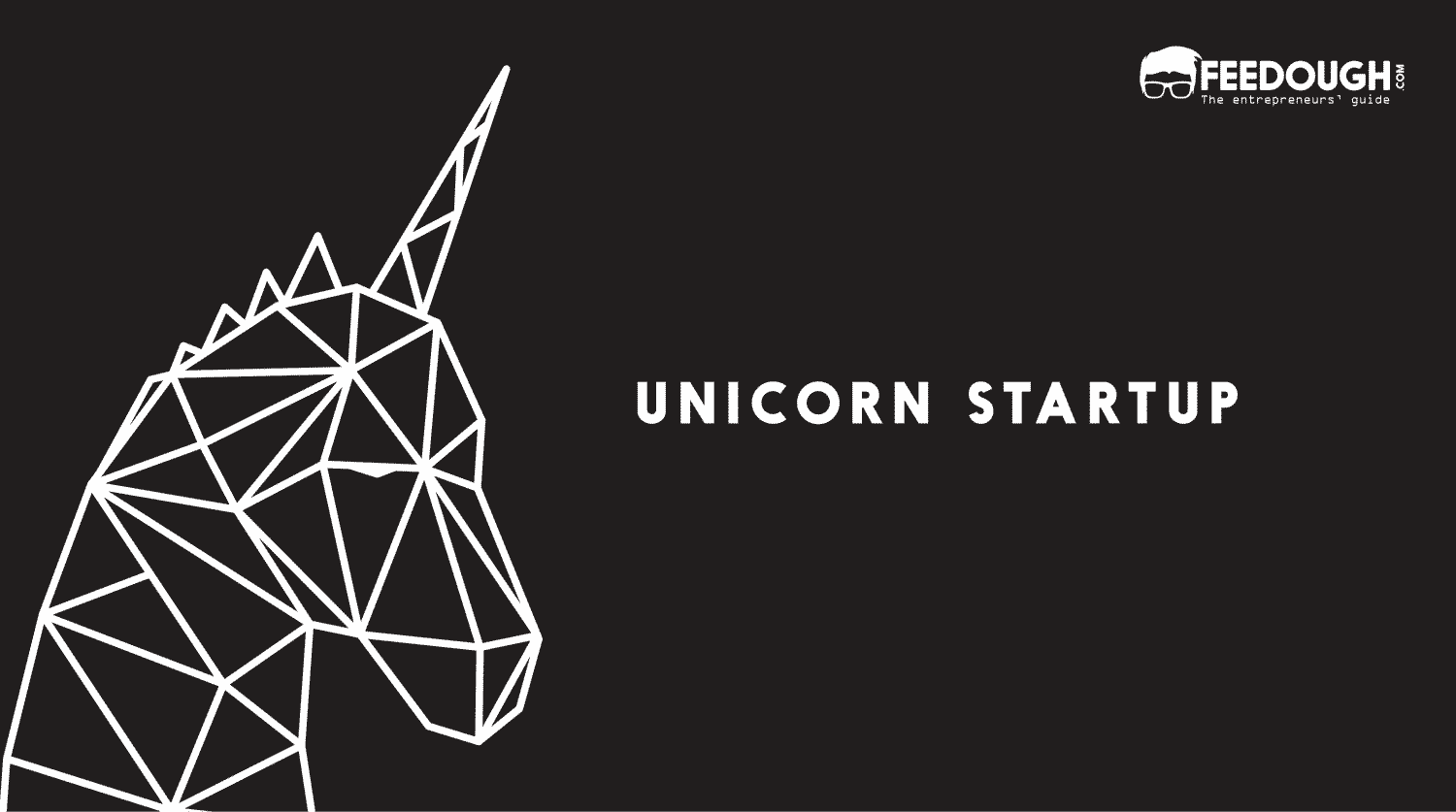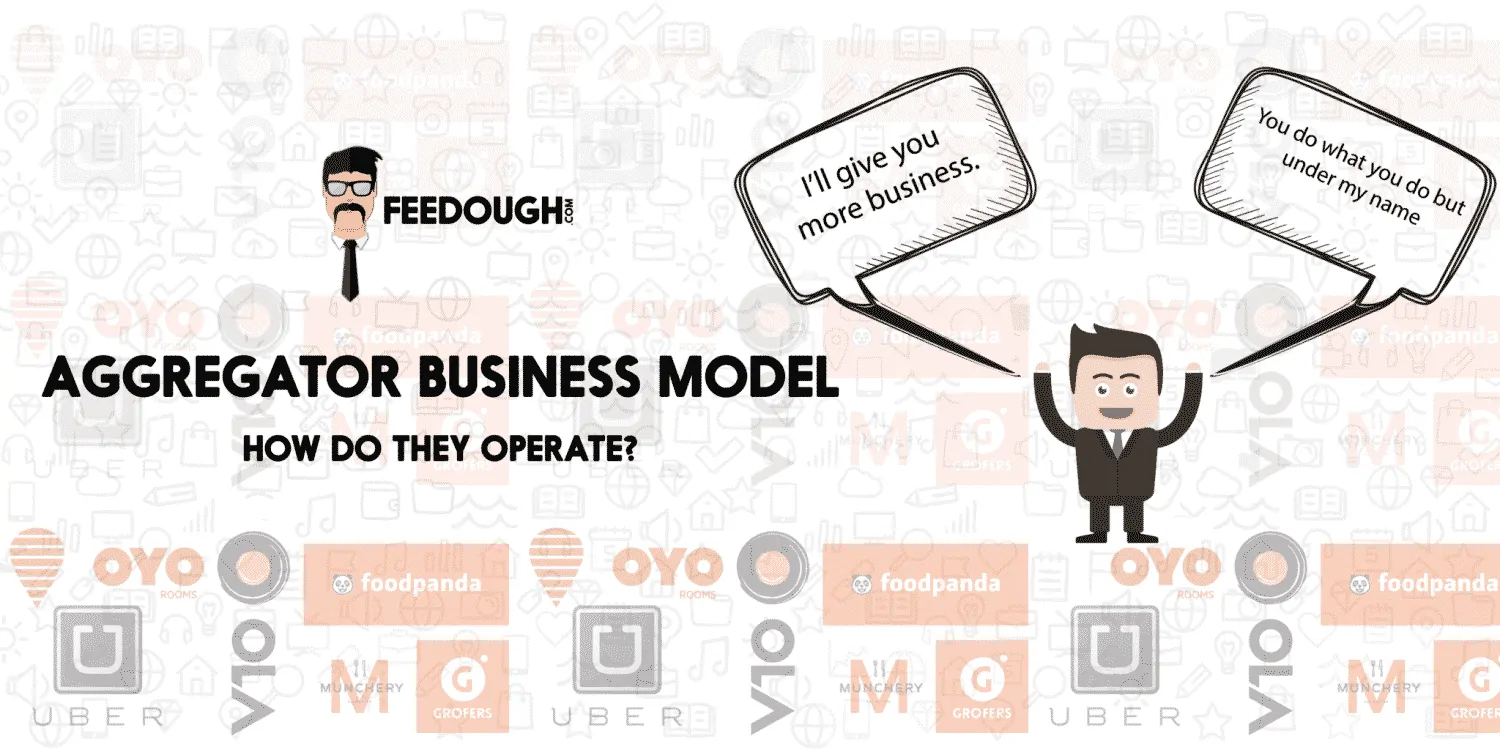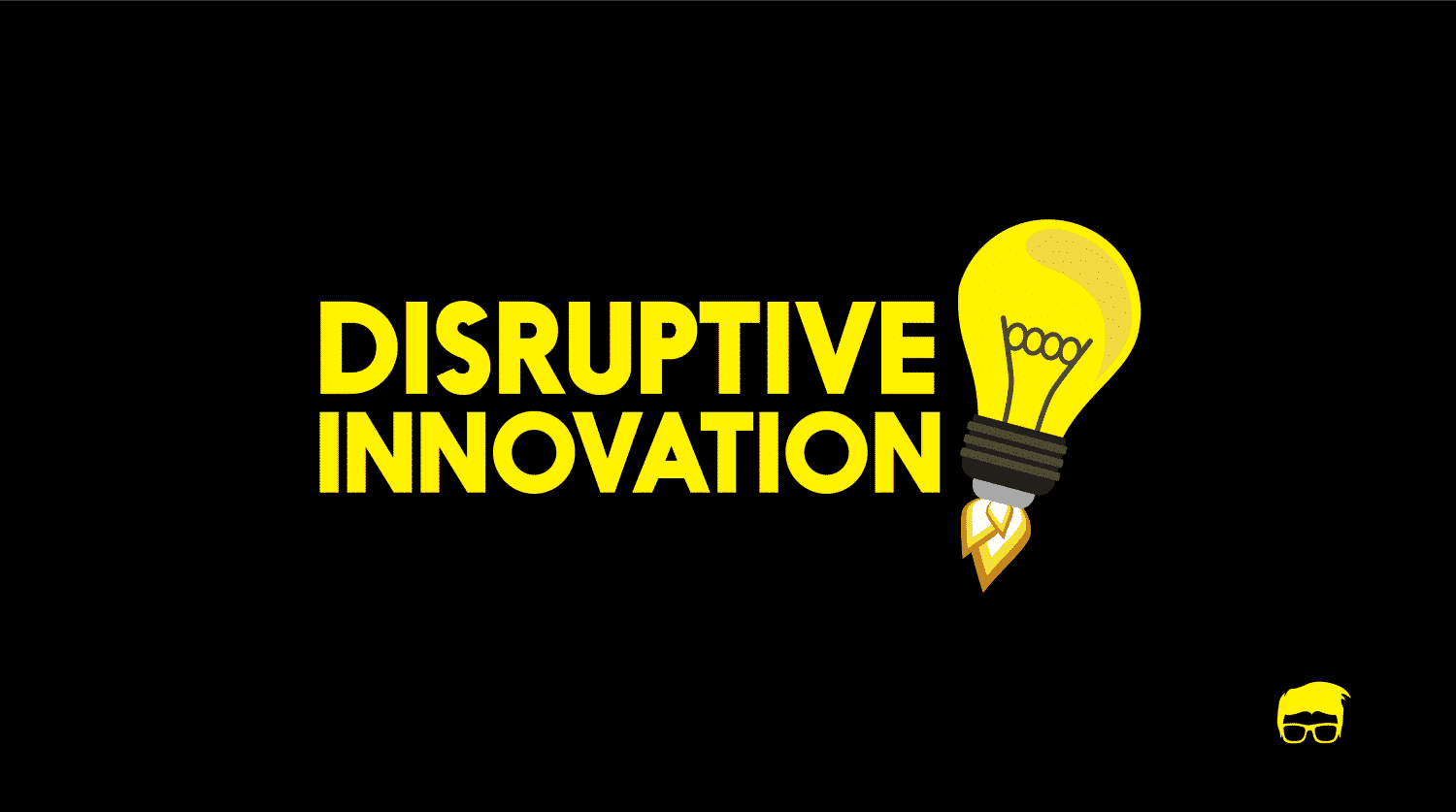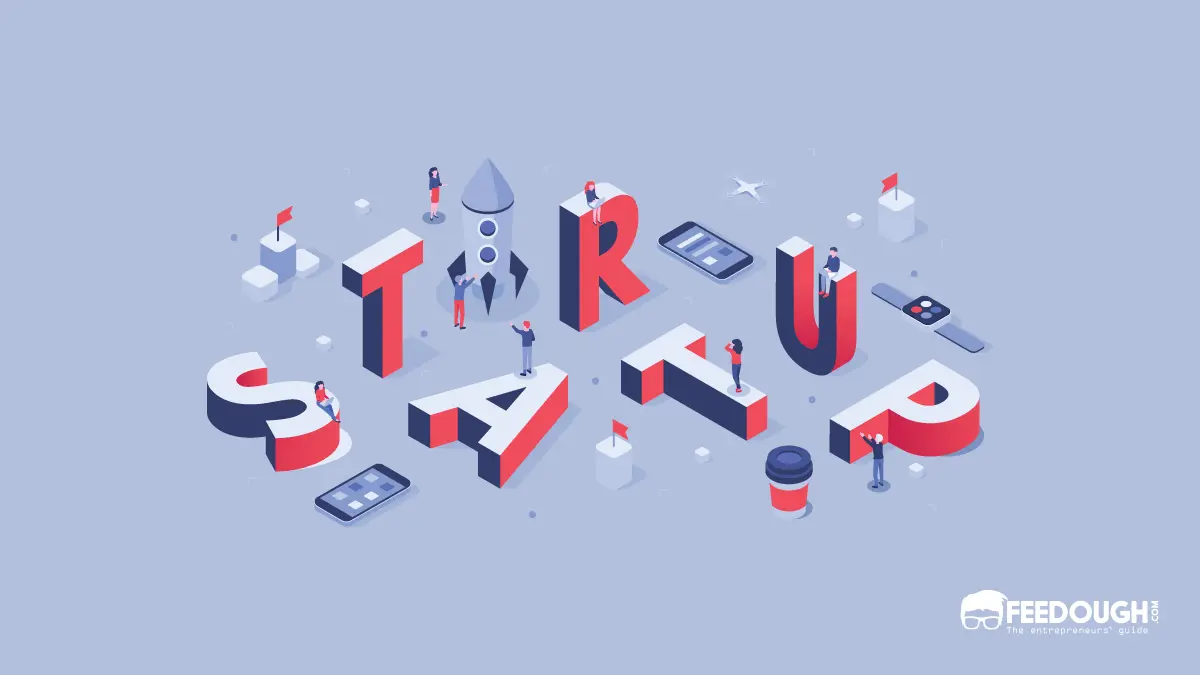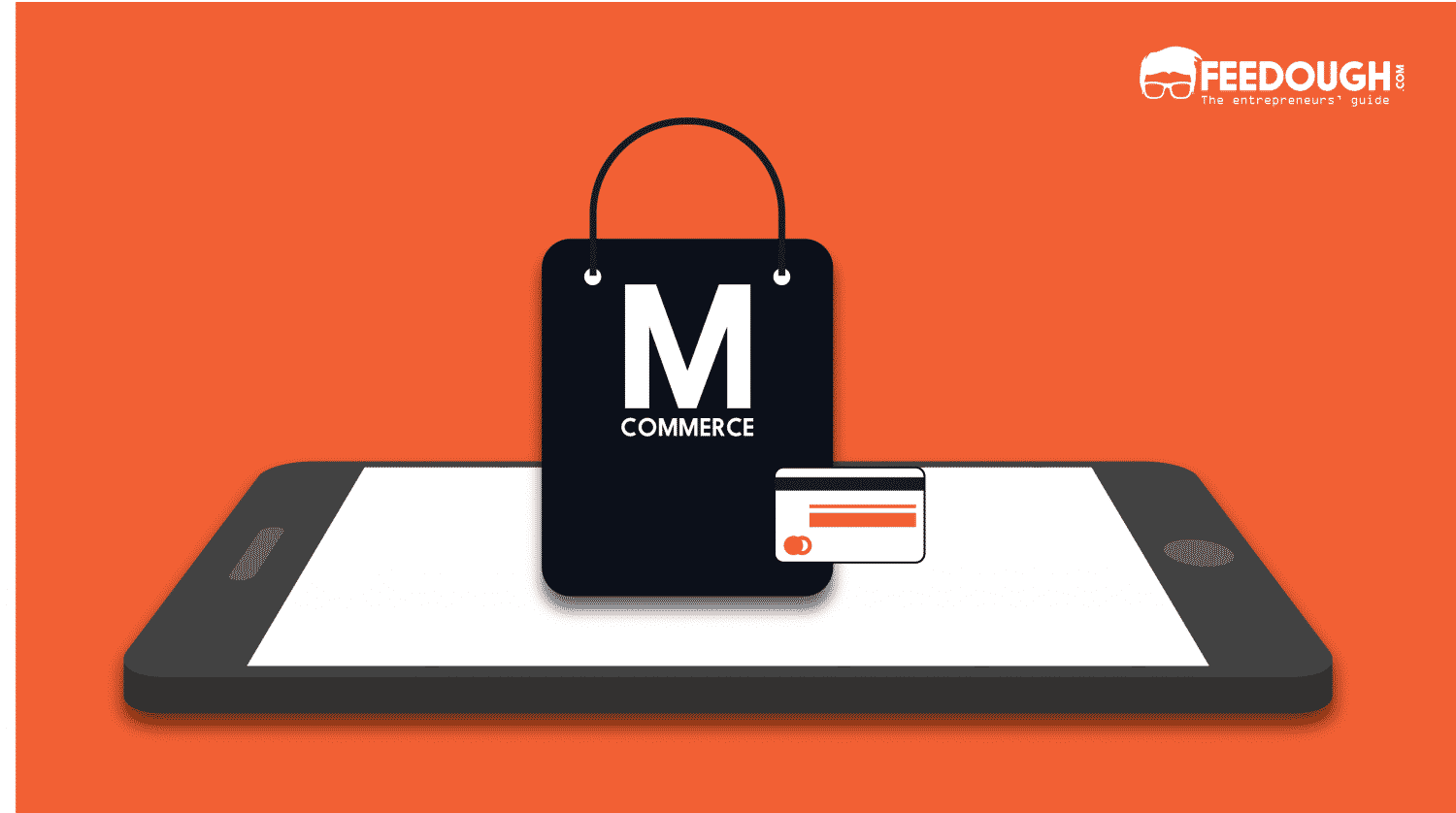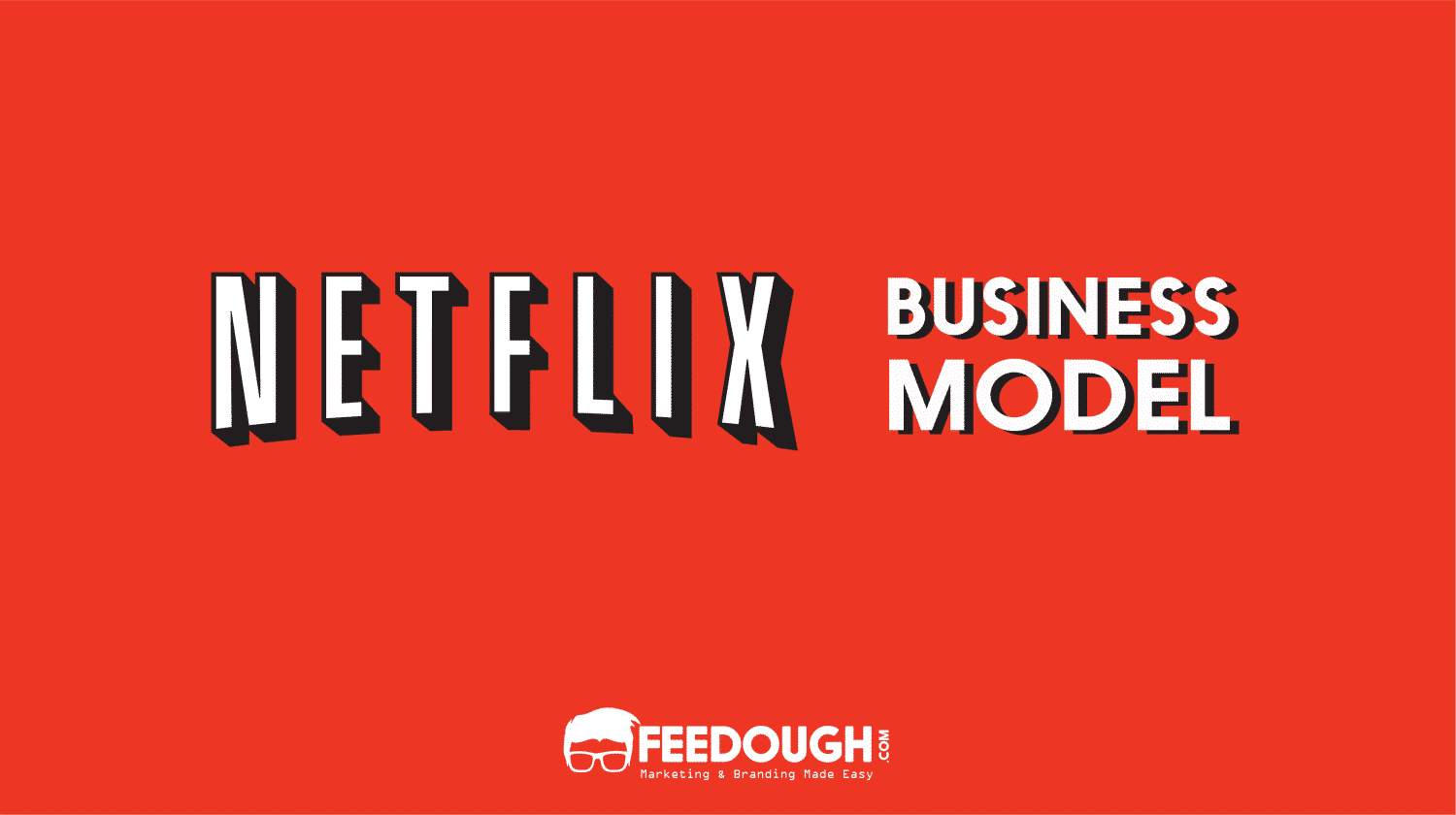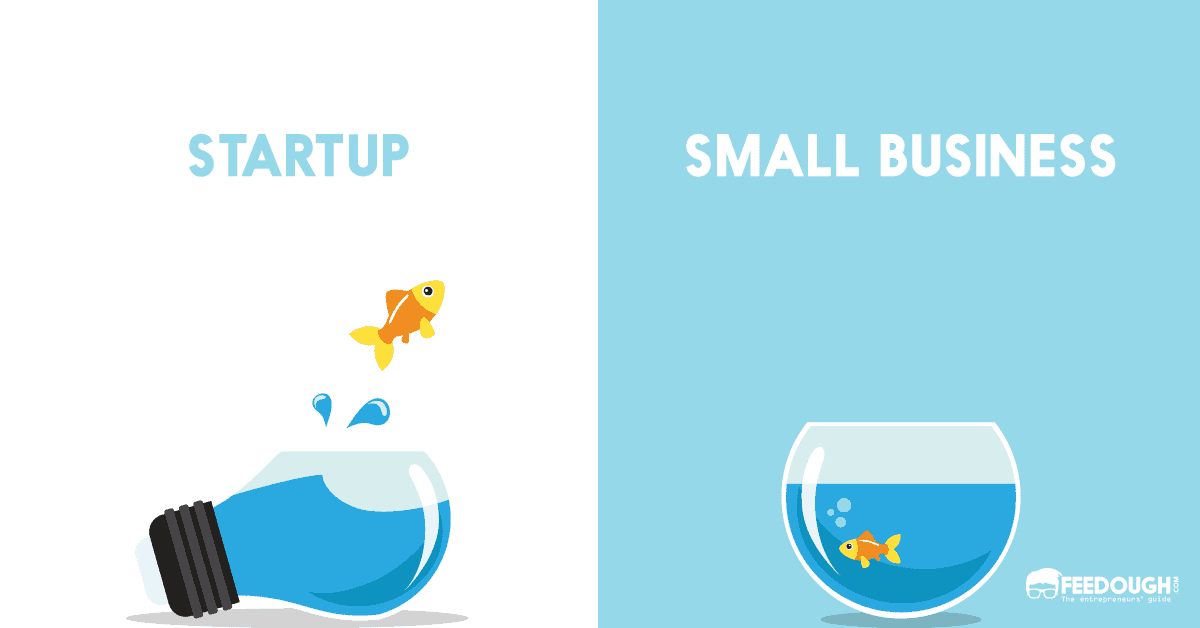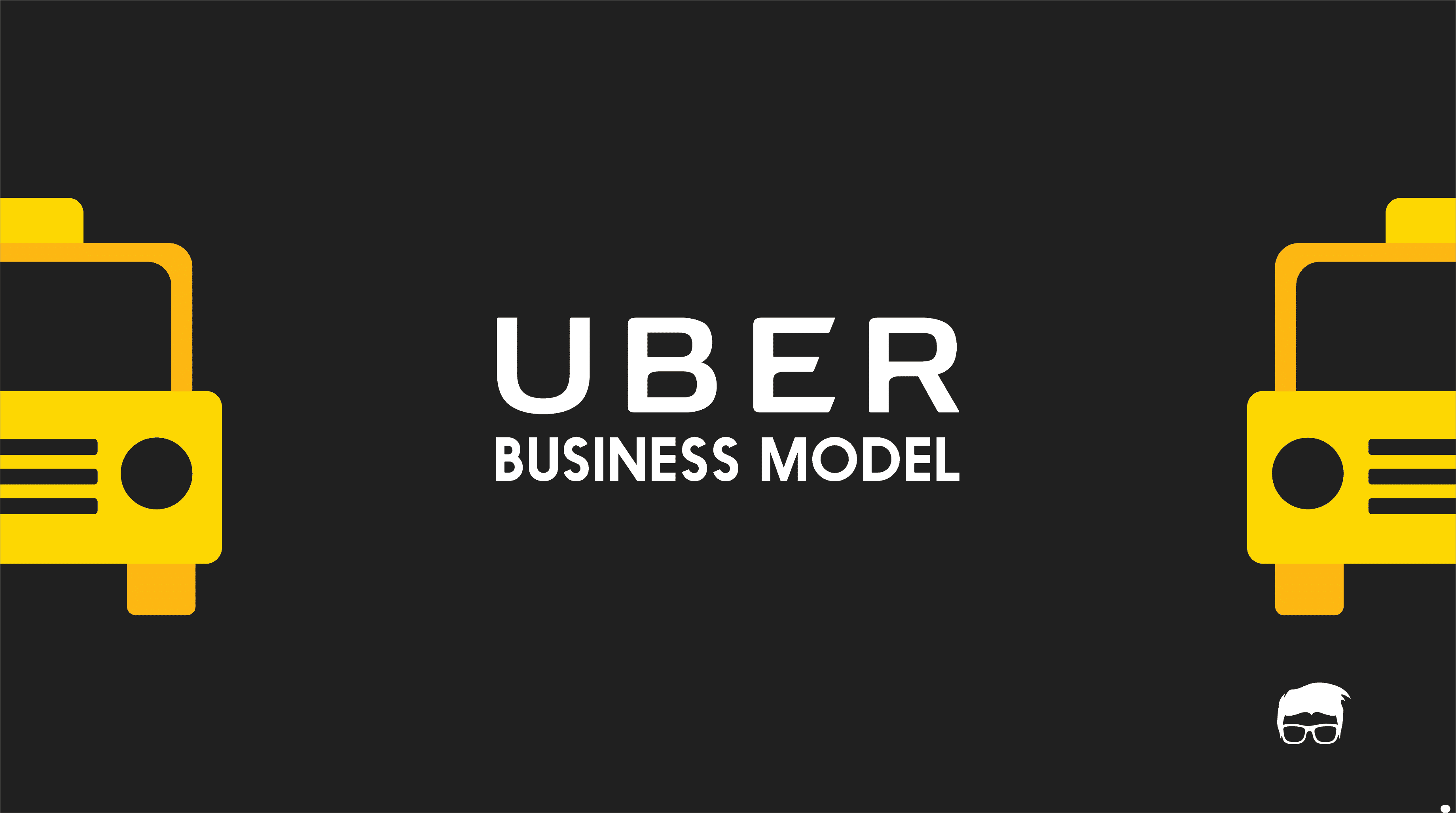You have an idea, an innovation which you know is fully formed, sure to be a hit and welcomed by the market. But how disruptive is your business model?
Intrigued why I asked this question?
Uber and Netflix two apps which are on every phone right now.
Nights are not complete without Netflix displaying “Are you still watching ” and you won’t see people waving hands at taxis like a character from some 90s rom-com anymore. Uber made it possible with just a few taps on the phone screens.
They both came with their respective disruptive business models and became part of the lifestyle of a big section of society. We don’t book a cab anymore — we book an Uber. Netflix has already won over the traditional cable TV and now is strategizing to compete with your sleep.
Why knowing this is important, you ask?
3 new startups launch every second and 90% of them fail. The startup ecosystem is so full of competition that the word startup is now defined as a business structure powered by disruptive innovation, developed to solve a problem by delivering a new product or service under conditions of extreme uncertainty. Hence, if you want to call yourself a startup, you need to be disruptive.
Here’s a guide to explain everything you should know about disruptive business models.
What Is Disruptive Business Model?
Disruptive business model disrupts the market by addressing to the repressed demands, those demands which have been ignored by the leading providers and manufacturers of the industry, and providing solutions which the current industry has failed to deliver or is incompetent to do so.
These business models are powered by disruptive innovation which helps them create a new niche within an existing market or create a new market altogether by creating, disintermediating, refining, reengineering or optimizing a product/service.
If you look at the history of every successful company right now, you’ll notice that almost all of them have their roots in disruptive innovation. This separates them from the other players who work within a homogeneous market with a mediocre offering.
For instance, WordPress, which powers 29% of the web, made it possible for non-coders to get on the web and share information. It created a platform that actually made it possible to consider blogging as a hobby or even a profession. This was a disruptive innovation which reinvented the wheel.
How To Develop A Disruptive Business Model?
Disruption requires a lot of research from your end. Most of the times customers don’t even know what they desire. You need to learn about the opportunities which the current market players have been ignoring and work on whether the customer would accept your solution or not.
Once this is done, you need a strategy — a foolproof plan to outperform your competitors. You may have gone into every stage of developing an excellent product/service, but there are still things that you need to work on.
Take Advantage From The Repressed Market Demands
The best disruptive business model ideas come from the knowledge of repressed market demands.
Repressed market demands refer to the need of the consumers who are already using a product but are not fully satisfied with it or the product lacks the features to make the consumer’s life easier.
For example, Airbnb came up with the idea to create a community based two-sided online marketplace to help connect travellers with local hosts.
The company knew that there was no one to cater to the unused properties of the users, so it capitalized on this opportunity by using the aggregator business model and created a competition to the existing hospitality industry where it made money by helping people with unused property to rent/lease them, and also the commuters to get a more economical option as compared to hotels.
Innovation Is The Key
A disruptive business model only exists if there is an innovative idea behind it which support its cause.
Only an innovation which has the ability to make peoples lives easier at a justified cost can form the base of the disruptive business model. When Sony came up with the idea of a walkman, the company was already a big brand. But with the innovation of walkman, Sony created a new market.
Sony kept innovating and kept embracing new ideas which made it relevant in the industry even today. Companies like Nokia, who came up with a disruptive business model once but couldn’t keep it up with incorporated disruptive thinking eventually had to leave the arena in the long run.
Create A New Market
Reinventing the wheel and creating a new market by providing an offering with a totally new utility isn’t easy. However, once the pain point is found, developing a business model and becoming a pioneer brings in a lot of public attention and plays a vital role in marketing.
One such example of a brand which reinvented the wheel is Instagram. The company brought a totally new trend of social sharing by providing a social network which let people share their lives with others visually.
Find Opportunities In The Existing Structure
- Does your idea make certain use of the product easier?
- Does it make the cost of the product cheaper or more affordable for the consumer?
- Does it throw the intermediatory out of the picture and decrease the efforts of the consumer?
- Does your business model embrace new consumer behaviour?
A business model can be considered as disruptive when it makes the consumer’s work easy by adopting new technology, by decreasing customer’s efforts and by lowering the cost and making it more affordable for the most of the class of people.
Examples Of Disruptive Business Models
Here are few notable examples of companies which disrupted the entire industry to not only make a name for themselves but to pave their way to the top.
Netflix
Netflix disrupted the existing structure by developing an offering which catered to the on-demand and binge-watching needs of its audience. The company provided on-demand legal access to movies, TV shows, and documentaries and built its business strategies around the premise of making the users getting hooked to the offering.
Uber
Just like Netflix, Uber as well saw the disarrangement of the taxi industry and money one had to pay to commute on a daily life basis. Before Uber, booking a cab was no less than a task where users had to use a different contact number in every state to book a taxi. Moreover, the prices weren’t standardised in most of countries.
Uber solved this problem by aggregating the taxi drivers under one brand and providing standardised services at predetermined prices. The company made it easy to book and track the booked taxi — with just a few taps on the smartphone and has managed to have 100 million users worldwide and connected 2 million drivers around the globe.
Grammarly
Checking the articles, emails, dissertations, etc. for grammatical errors was almost impossible before Grammarly was launched in 2008. The company was successful in finding out about the repressed demand of the users and providing a solution which solved this demand. Grammarly checks your writeups for contextual grammatical errors, spellings, and other write-up related errors.
Go On, Tell Us What You Think!
Did we miss something? Come on! Tell us what you think about our article on the disruptive business model in the comments section.
A startup consultant, digital marketer, traveller, and philomath. Aashish has worked with over 20 startups and successfully helped them ideate, raise money, and succeed. When not working, he can be found hiking, camping, and stargazing.
